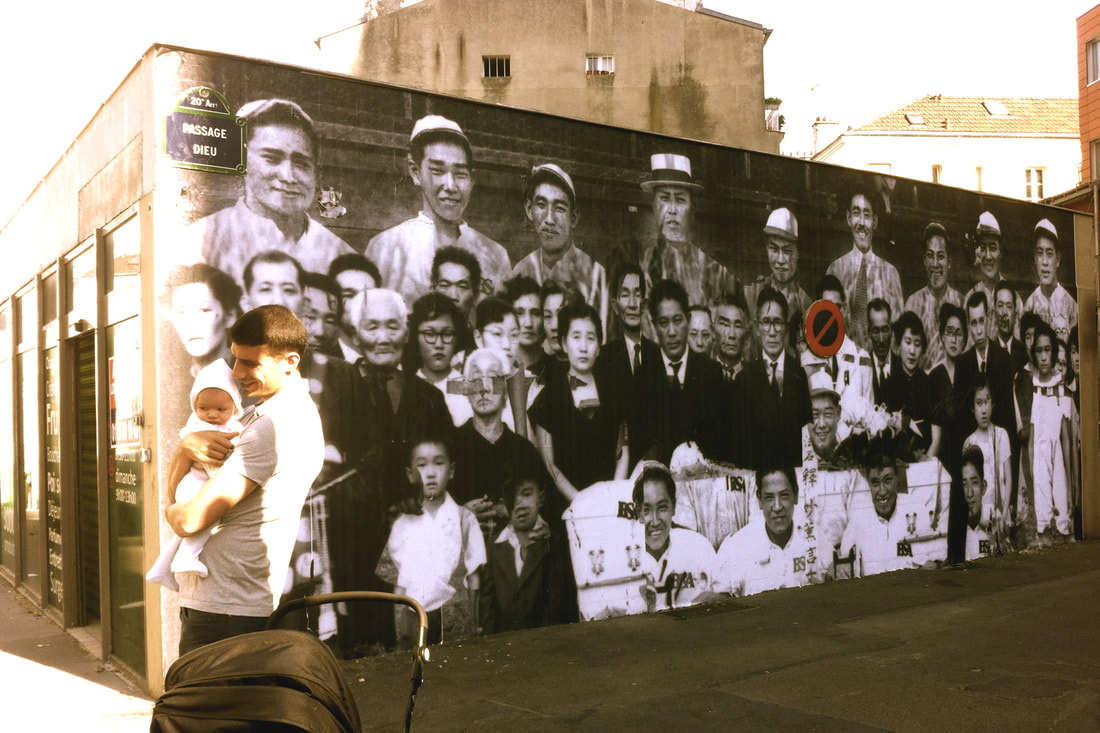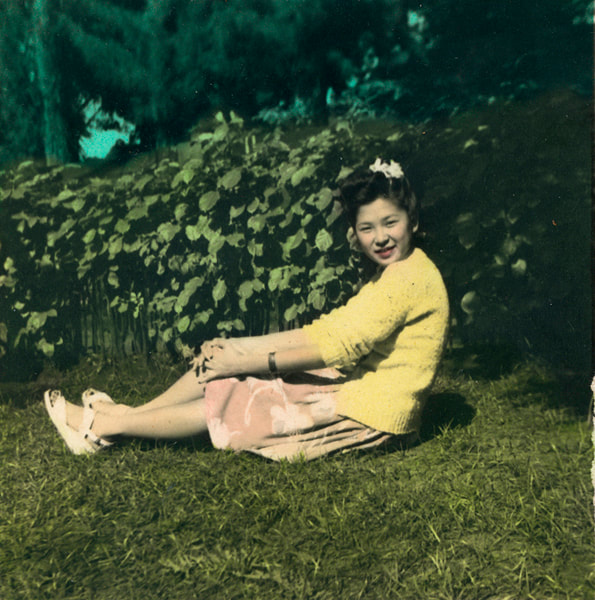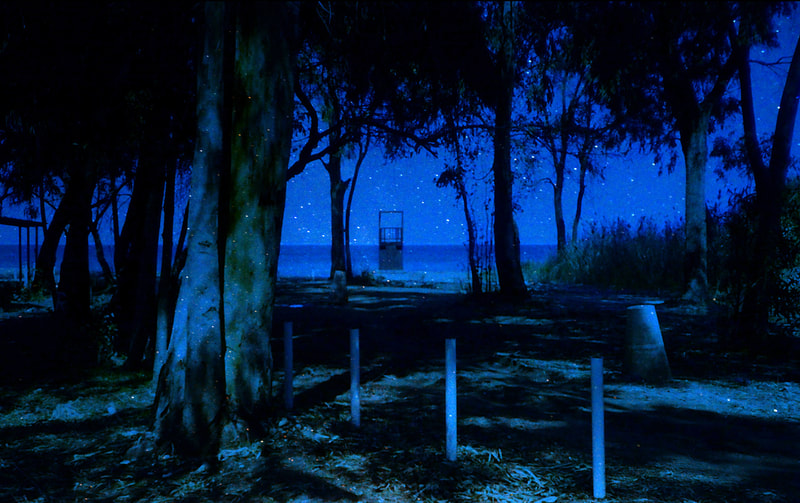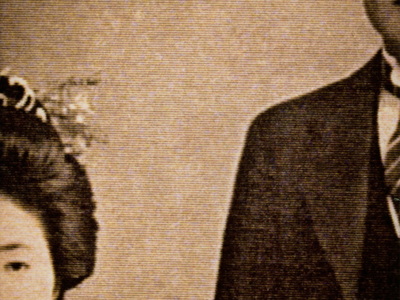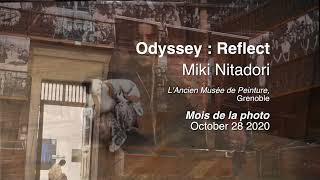Transform part one 2010
Cultural Heritage is what is transmitted to us in everyday life.
This is a projection work based on photography and sound. The continuing work will be presented as photography prints and installation & preview 2 other works on screen.
The starting point of this work is vintage photographs (from 1900 to 1950 approximately) from a suitcase that a man who lived on Maui, Hawaii gave me. Having grown up there, and having felt the strength of the Japanese heritage of the place, I wish to pay tribute and give renewed value to these photographs in relationship to today.
|
I reconstitute these images in Japanese-immigration history to Hawaii which began in 1885 and continued through plantation time, war and the post war years. They engage in dialogue with photographs taken in the last ten years, especially in February 2010.
I concentrate on the past that remains in the present, how a place carries the lives of the past and how, consciously or unconsciously, we are living in the impact of the past events. This present is the basis of the future, and I think that it is important to reflect upon, as we are part of this continuity into the future. The music was created by Per Platou based on "Sayonara - Japanese farewell song" by Tokie Tamaki & club Nisei Orchestra, from Hawaiian Nisei songs, A musical cocktail of Japanese American songs in 1950's Hawaii. He created it in the same architecture as the images, by putting the emphasis on today's relationship to the past. The voices that are mixed into the music come from Maui, conversations with Baldwin High School students of all immigration backgrounds. Their speech is strong and individual yet they share a common trace. To me they are all chop suey. The future world will be made out of people who are like them, a mixture of cultures from in their blood and from where they grow up. It was important to me that these voices did not consist only of Japanese descent, as the reality of Hawaii is a mixture of immigration, just as the rest of the world is becoming. |
Their opinions echo the images, as they both compliment and contradict. They are fragments from conversations led by the initial question:
"What does cultural heritage mean to you?" Here, cultural heritage isn't the value of national treasures, but rather what is transmitted to us in everyday life, such as customs, language, food, upbringing and one's relationship to cultural origins. It contains the feeling of what this cultural mixture makes us - the segmentation, connection, disconnection and replacement, misplacement, desire, observation and feelings that are all linked to the history of all immigration. We carry the values of today's liberal economic society along with an identity that we never chose, but will carry with us all our lives. Through my work, I wish the audience to reflect upon this in their own lives. How do they feel about their own cultural heritage? What will be they choose to transmit to the future world? I would like to thank Maya Hara and John Hara and their parents for making this work possible and for Wailuku Jodo Mission members (especially, Walter, Tony, Wallie), Mareo for their hospitality,and Kahului Jodo Mission members (especially Iris and Noriyasu) for their sharing and kindness. Jan Sato for her attentiveness, generosity, and humor, Tony Novak-Clifford for his patience, encouragement, service and reliability. Thank you to all the people who gave their time and effort for this project. |
You may be interested in





